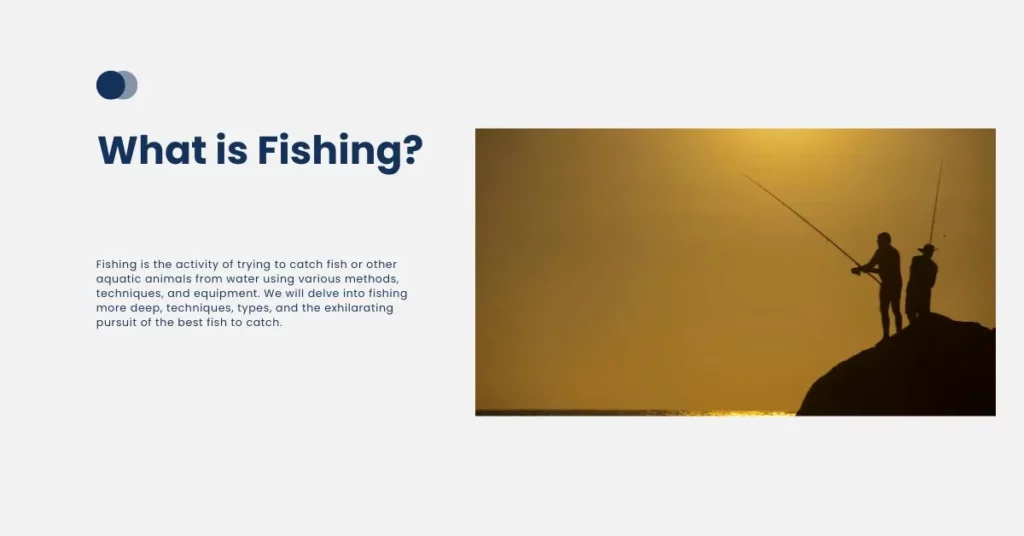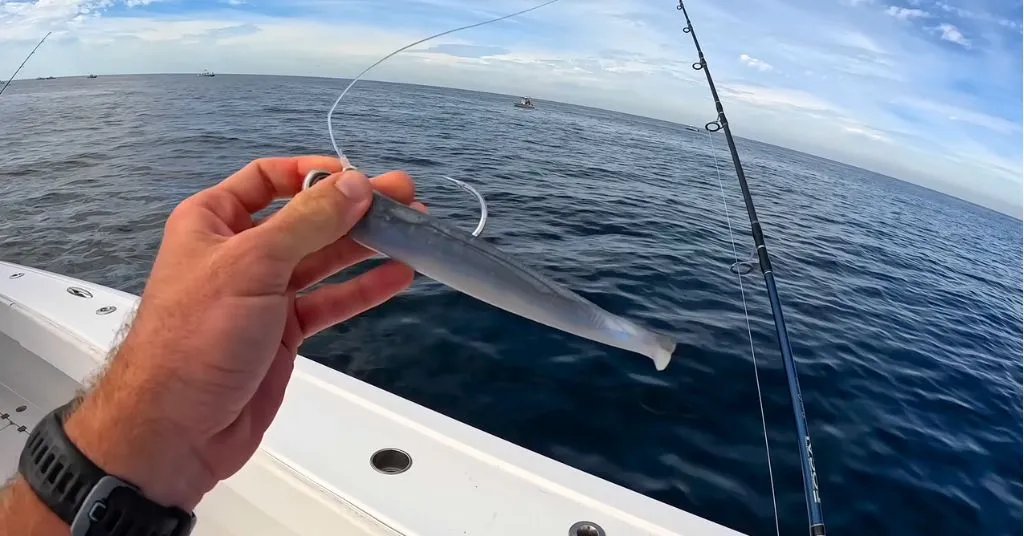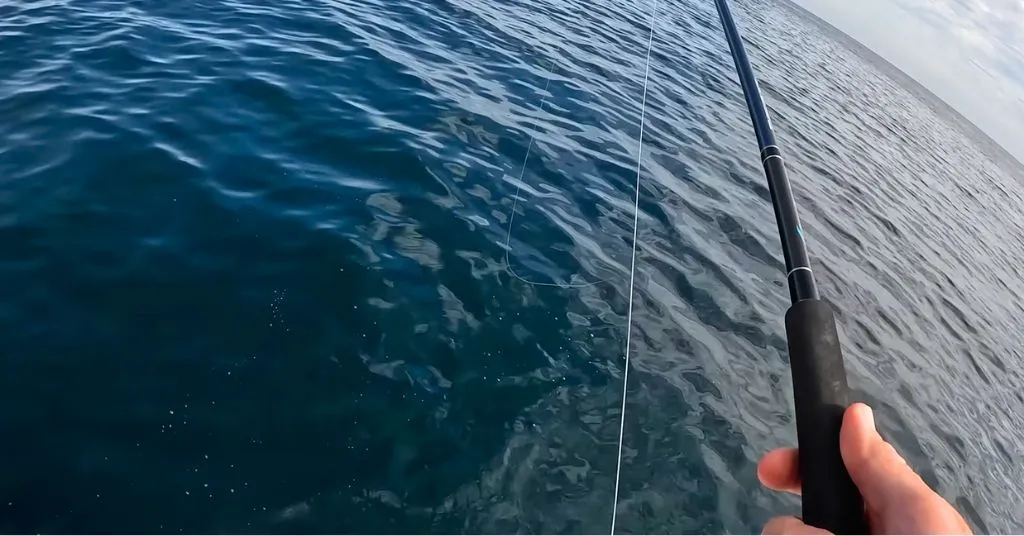
So, What is Fishing? Fishing is the activity of trying to catch fish or other aquatic animals from water using various methods, techniques, and equipment. We will delve into fishing more deeply, techniques, types, and the exhilarating pursuit of the best fish to catch.
What is Fishing?

Fishing stands as one of humanity’s oldest and most widespread activities. From the dawn of civilization, communities relied on the bounties of lakes, rivers, and oceans for sustenance. The significance of fishing extends beyond mere survival. It has evolved into a recreational pursuit, a source of income, and a crucial contributor to environmental conservation.
To start fishing you need a fishing rod (which is the basis of fishing)
Types of Fishing
There are different types of fishing:
Recreational Fishing
Recreational fishing, also known as angling, is a popular pastime where individuals fish for pleasure rather than for economic gain. It encompasses various techniques and environments, providing an enjoyable and often leisurely experience.
Commercial Fishing
Commercial fishing involves the harvest of fish and other seafood for sale and profit. It is a significant industry worldwide, utilizing various methods such as trawling, longlining, and purse seining to catch large quantities of fish for markets and businesses.
Subsistence Fishing
Subsistence fishing is practiced primarily for personal or community sustenance. Individuals engage in this type of fishing to meet their basic dietary needs, relying on local water bodies for a consistent source of food.
Sport Fishing
Sport fishing is a competitive and recreational activity where participants, often referred to as anglers, compete to catch the largest or most desirable fish. Tournaments and competitions are common, emphasizing skill and sportsmanship.
Fly Fishing
Fly fishing is a specialized angling method that involves using an artificial fly as bait. This technique requires casting the fly using a unique fly rod and line combination. It is often associated with serene freshwater environments.
Ice Fishing
Ice fishing is a winter activity where anglers drill holes through frozen bodies of water to catch fish. It requires specialized equipment, such as ice augers and portable shelters, to make fishing possible in icy conditions.
Saltwater Fishing
Saltwater fishing takes place in marine environments and involves catching species that inhabit oceans and seas. It includes various techniques like trolling, deep-sea fishing, and surfcasting, providing opportunities for diverse and challenging catches.
Freshwater Fishing
Freshwater fishing occurs in inland bodies of water, such as lakes, rivers, and ponds. Anglers pursue a wide variety of freshwater fish species, employing different tactics like baitcasting, spinning, and float fishing to maximize their success.
Shore Fishing
Shore fishing, also known as bank or beach fishing, is done from the shoreline without the use of boats. Anglers cast their lines into the water from the shore, making it a convenient and accessible form of fishing.
Kayak Fishing
Kayak fishing involves using a kayak to reach fishing spots that are difficult to access from the shore. Anglers navigate and fish from their kayaks, combining the thrill of paddling with the excitement of catching fish.
Pier Fishing
Pier fishing takes place from fishing piers or docks extending into bodies of water. Anglers often target a variety of species found near the structure, making it a social and community-oriented form of fishing.
Big Game Fishing
Big game fishing, also known as offshore or deep-sea fishing, targets large and powerful species such as marlin, tuna, and sharks. Anglers use specialized boats and equipment to pursue these challenging and prized catches.
Carp Fishing
Carp fishing is a specific type of freshwater angling focused on catching carp, a popular and often elusive species. Carp anglers employ specialized techniques, baits, and gear to attract and catch these formidable fish.

Each brings their unique allure. As we explore these categories, we unravel the distinctive methods, regulations, and goals that define each, offering a panoramic view of the diverse world of fishing.
Best Fish to Fish
What makes a fish worth pursuing? Size, taste, and availability. All factors that contribute to the allure of a catch. In this section, we explore the criteria that make a fish suitable for fishing and provide insights into some of the most popular species.
We share tips and tricks for maximizing your chances of success.
Crappie Fishing
Crappies, known for their delicious taste and feisty fights, are a favorite among anglers. They are often found in freshwater bodies like lakes and ponds. Techniques such as jigging and using live bait can be effective for catching crappie. Look for them in structures like submerged trees or near drop-offs.
Tip: Try using light-colored jigs on sunny days and darker ones on cloudy days to match the crappie’s feeding behavior.
Bass Fishing
Bass fishing is a beloved sport among anglers, with species like largemouth and smallmouth bass being popular targets. Largemouth bass are often found near structures like submerged vegetation, while smallmouth bass prefer rocky areas. Techniques such as topwater lures, plastic worms, and crankbaits are commonly used.
Tip: During the spawn, focus on shallow areas with bass cover. Experiment with various lure presentations to trigger strikes.
Trout Fishing
Trout are prized for their beauty and delectable taste. Found in both freshwater streams and lakes, trout fishing involves various methods like fly fishing, bait fishing, and lure fishing. Pay attention to water temperatures and currents, as trout are sensitive to environmental conditions.
Tip: Match your bait or lure size to the prevalent insects in the area. Use light tackle for a more challenging and enjoyable fight.
Catfish Fishing
Catfish, known for their size and strength, are often targeted by anglers seeking a hearty catch. Common species include channel catfish and flathead catfish. Use techniques like bottom fishing with stink bait or cut bait, and look for catfish in deeper waters or near structures.
Tip: For big catfish, consider using live bait such as large shiners or bluegills. Patience is key, as catfish often take their time before committing to a bite.
Walleye Fishing
Walleye, with their distinct eyes and tasty fillets, are a popular game fish. Anglers often find success trolling with crankbaits or using live bait such as minnows. Walleye are known for their feeding habits during low-light conditions, making dawn and dusk prime fishing times.
Tip: Experiment with different jigging techniques, and be sure to vary your retrieval speed to entice walleye during different phases of their feeding behavior.
Learn How to Catch a Walleye Fish.
Pike Fishing
Pike, aggressive predators with sharp teeth, offer an exciting challenge for anglers. Found in both freshwater and brackish environments, pike fishing involves using large lures such as spoons, spinners, or jerkbaits. Focus on weed beds, rocky areas, or drop-offs for potential pike hotspots.
Tip: Use steel leaders to prevent pike from biting through your line. Vary your retrieve speed to trigger aggressive strikes.
Panfish Fishing
Panfish, including species like bluegill and sunfish, are ideal for beginners and family fishing outings. They can be caught using simple tackle such as a bobber and worm. Look for panfish near structures like docks, submerged vegetation, or overhanging branches.
Tip: Use ultralight tackle for added sensitivity. Keep an eye on your line for subtle bites, and be ready for a quick hookset.
Salmon Fishing
Salmon fishing is a thrilling pursuit, whether in freshwater rivers or the open sea. Techniques vary, including fly fishing, trolling with downriggers, or drift fishing with bait. Timing is crucial, as salmon often migrate upstream for spawning during specific seasons.
Tip: Pay attention to water temperature and current speed to locate productive areas. Experiment with different lure colors and sizes to find what the salmon are biting on.
Striped Bass Fishing
Striped bass, known for their powerful fights, are commonly found in both freshwater and saltwater environments. Anglers use a variety of lures, including topwater plugs and jigs, to entice striped bass. Look for them near structures like rocks, bridges, or schools of baitfish.
Tip: Follow the movements of baitfish schools, as striped bass often hunt in groups. Cast your lures near these schools for increased success.
Bluefish Fishing
Bluefish are aggressive predators found in saltwater, offering an exhilarating angling experience. Popular techniques include casting lures or using live bait from boats or shore. Bluefish are known for their high-energy fights and are often found in areas with strong currents.
Tip: Use wire leaders to prevent bite-offs from the sharp teeth of bluefish. When using lures, opt for fast retrieves to trigger their predatory instincts.
Sturgeon Fishing
Sturgeon, prehistoric giants inhabiting both freshwater and saltwater, attract anglers seeking a unique and challenging catch. Techniques such as bottom fishing with large baits are common. Pay attention to regulations, as many sturgeon species are protected due to conservation efforts.
Tip: Anchor your boat in areas with a moderate current to increase your chances of attracting sturgeon. Use strong, heavy gear to handle the powerful strikes of these formidable fish.
Final Thoughts
In conclusion, fishing is not merely a pursuit of fish but a journey into the depths of human connection with nature. The myriad types of fishing and the quest for the best catch create a mosaic of experiences, each unique and enriching. As we reflect on what fishing is, let us appreciate its role as a source of sustenance, recreation, and knowledge.
Frequently Asked Questions
What are the benefits of fishing for recreation?
Fishing for recreation can provide many benefits, such as relaxation, stress relief, physical exercise, mental stimulation, social interaction, and connection with nature.
What are the main challenges of fishing for conservation?
Fishing for conservation can face many challenges, such as overfishing, illegal fishing, destructive fishing, bycatch, habitat loss, climate change, pollution, and seafood fraud.
What are the best equipment and techniques for fishing?
The best equipment and techniques for fishing depend on the type of fishing, the water source, the fish species, and the personal preference of the fisher. Some common equipment includes rods, reels, lines, hooks, baits, lures, nets, traps, spears, etc. Some common techniques include angling, fly fishing, ice fishing, trolling, jigging, etc.
How can I find out if a fish is sustainable or not?
You can find out if a fish is sustainable or not by looking for credible labels, such as the MSC blue fish label, that indicate the fish has been caught or farmed in a way that meets the environmental and social standards of the MSC. You can also use online tools, such as the Seafood Watch app, that provide recommendations and ratings for different fish species based on their sustainability.
How can I learn more about fishing and improve my skills?
You can learn more about fishing and improve your skills by reading books, magazines, websites, blogs, and forums that offer information, tips, tricks, and stories about fishing12. You can also watch videos, podcasts, and webinars that demonstrate and explain various aspects of fishing. You can also join fishing clubs, groups, or communities that organize fishing events, activities, and workshops.
